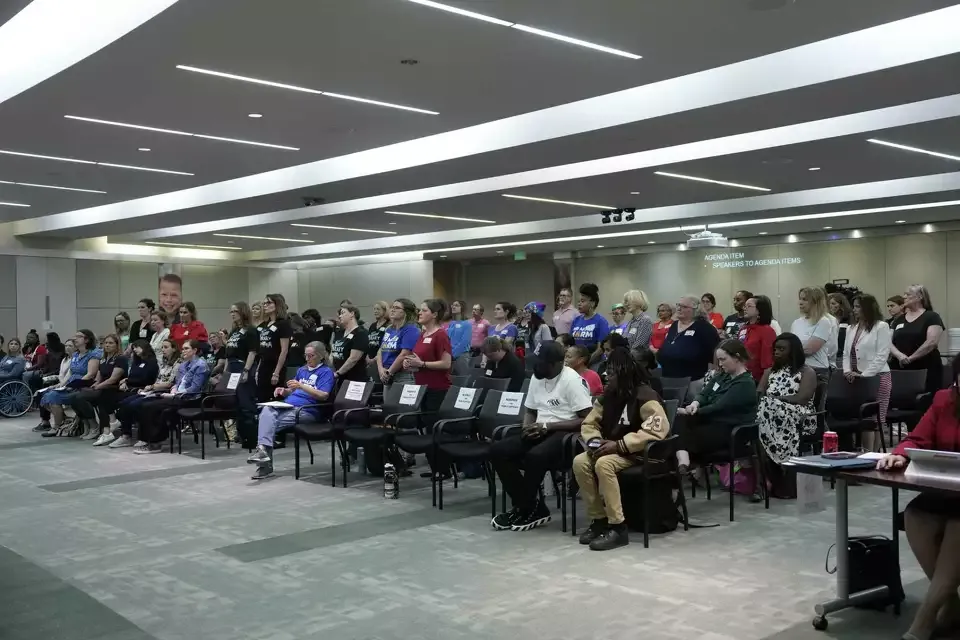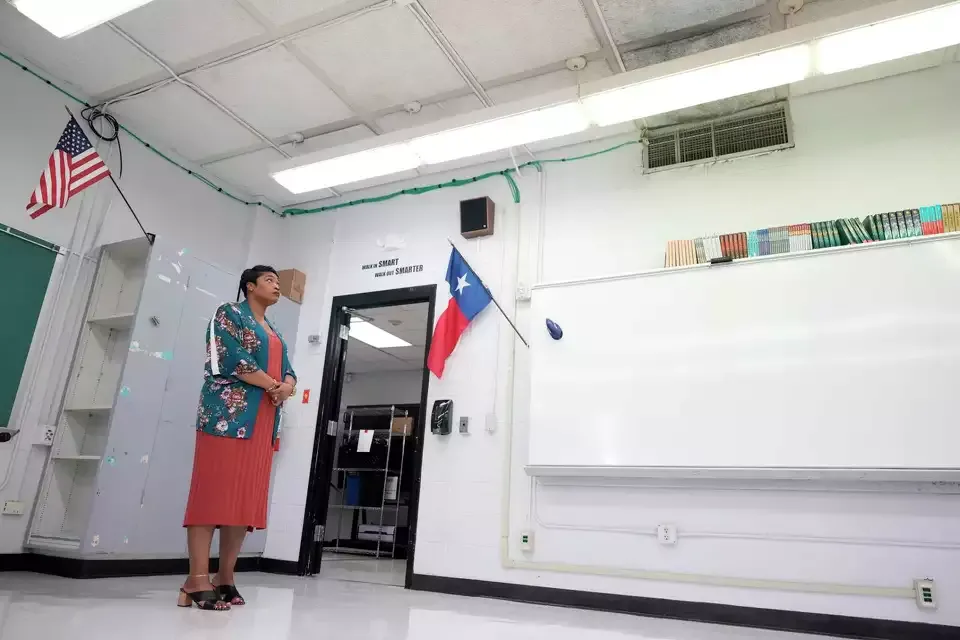|
|
 |
|
| CASE Report
Smart Brevity ®
count: 4 mins...1036 words
CASE is a collective of Houstonians committed to ensuring every student within Houston Independent School District (HISD) has the opportunity to receive a high-quality education.
If you would like to continue receiving updates, opt-in here.
|
|
HISD Reports Stellar NWEA MAP Scores
 HISD students continue to shine on standardized tests, according to new NWEA MAP end-of-year scores that were discussed at last night’s special board meeting.
The NWEA MAP exam is a national, adaptive exam that measures academic achievement and growth in math, reading, and science. Mid-year scores
showed signs of progress, and now, end-of-year scores show that the positive growth continued throughout the year.
The Houston Chronicle’s full story is here.
By the numbers:
-
Elementary Schools- Elementary students districtwide saw their average achievement percentiles go from 47 to 48 on the math exam, 49 to 50 in reading and 50 to 52 in science compared to January.
-
Middle Schools- Middle school students had their average achievement percentile go from 45 to 46 in reading, 51 to 53 in science but remain at 44 in math.
-
NES vs Non-NES- At NES schools, in most cases, a higher percentage of students met expected growth on the reading and math exam compared to non-NES schools. HISD reported 57% of students at NES middle schools met their reading and math targets, compared to 54% of students at non-NES schools meeting those targets in both subjects.
Why it matters:
The growth shown on the end-of-year NWEA-MAP exam further substantiates the impressive STAAR scores. Both exams showed significant growth across multiple grades and subjects.
Just like on the STAAR exam, results on the NWEA-MAP show that NES schools are outpacing non-NES schools in growth, meaning that achievement gaps are narrowing.
What they’re saying:
“This is huge for our NES schools. More kids are reading at a proficient level at the NES schools…and that's a good thing for our kids,” said Superintendent Miles.
|
|
HISD Principals Hopeful for Bond
 Several HISD principals are hopeful that the Houston community supports HISD’s proposed bond, according to a new report from the Houston Chronicle. The principals, whose schools are slated to be renovated or rebuilt, said the bond could fix issues at their campuses that are causing health and safety concerns for students and employees.
Why it matters:
Each principal outlined how the district’s aging buildings negatively affect teaching, learning, health, and safety. Although schools have managed to get by with subpar conditions, it is unfair to students to continue to under-invest in their learning environments.
HISD saw incredible gains on all test scores in the first year of the intervention, and students could likely perform even better if they didn’t have to learn in dilapidated buildings.
What they’re saying:
-
“We've been a high-performing school for many years, and I think this will just enhance it. It'll give ... students the opportunity to be in a gym in a larger space and restrooms where they don't have to go in the elements. All that excites me about the bond.” - Zaira Gomez, former principal of Cornelius Elementary School.
-
“We are masters of giving students what they deserve with what we do have and making sure that they're safe and learning and having a wonderful experience. If we were able to not have to overcome those hurdles on the daily, (imagine) what that would do for the students, the staff and us as we help the students grow into the citizens we want them to be,” - Principal Justin Buren, Durham Elementary School.
-
“Mold creates a lot of problems. That’s just a huge area of concern for us. This is what we have to work around. We do our best but it would be appropriate if the problem was fixed versus repaired,” - Principal LaKia Jackson, Fondren Middle School.
-
“Our students will greatly benefit from the bond passing. In order for them to compete in a global economy, they deserve access to not only high-quality instruction, but to facilities that allow them to compete at that level. Having access to those things with the support of the community and the bond would be extremely supportive of our students,” - Principal Monique Moody, Revere Middle School.
What’s next:
Voters will have the opportunity to support the HISD bond in the upcoming November election. Additional information on the details of the bond proposal can be found here.
|
|
Miles Clarifies “Defined Autonomy”
 When the intervention began, it was clear that many schools needed to be completely overhauled due to chronic underperformance. However, it was unclear how HISD’s high-performing schools would be affected. Would they be able to continue doing what made them effective, or would they need to change to fit a new model?
To clarify the situation, Superintendent Miles has shared his “Defined Autonomy” framework
, which is a detailed plan for how schools can earn the opportunity to have more control over day-to-day operations, scheduling, curriculum, and more.
The Houston Chronicle’s story is here.
Why it matters:
HISD’s Defined Autonomy plan calls for stricter oversight for lower-performing schools, while allowing flexibility in decision-making for higher-performing schools. Importantly, every school has the opportunity to earn their way into more autonomy through improved student achievement.
Go deeper:
The Defined Autonomy plan categorizes schools into four categories:
-
Level 1 - Made up of NES schools that follow an instructional model, procedures and practices assigned by the district. This is the lowest level of autonomy and is reserved for schools needing the most support.
-
Level 2 - These schools are non-NES schools and received a C or D state rating. These schools have fewer of the requirements of NES schools, but still have restrictions on curricula, scheduling, and purchasing.
-
Level 3 - These schools have A or B ratings and can make most decisions independently, but cannot opt out of pay-for-performance principal compensation.
-
Level 4 - These schools are all “separate and unique magnet schools” and can make decisions with virtually complete autonomy, regardless of state rating. This is the highest level of autonomy under the Defined Autonomy framework.
What’s next:
HISD will continue to monitor progress of each school and adjust levels as necessary.
|
|
 Did someone forward this email to you? Subscribe here
to receive our weekly updates.
|
|
|
|
|

